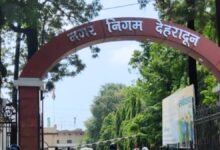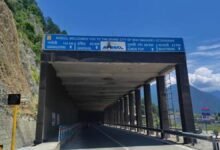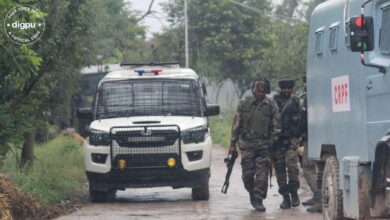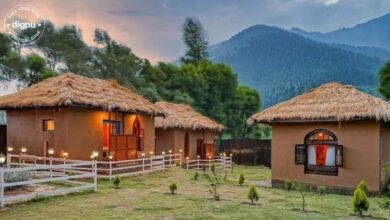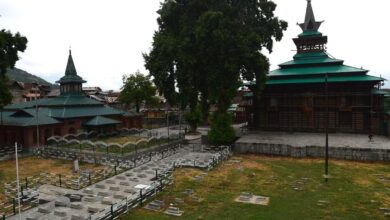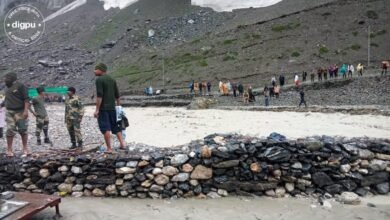A disaster similar to that of Uttarakhand might occur in J-K: Experts

According to scientists, rocks in the Chenab valley in Jammu and Kashmir have developed cracks as a result of periodic earthquakes and blasting, rendering it vulnerable to Uttarakhand-like disasters
The catastrophe in Uttarakhand in February this year has sparked dread among the public, with experts fearing that dams in Jammu and Kashmir might overflow.
Over 70 individuals died in Uttarakhand’s flash floods in February 2021. Jammu and Kashmir, like Uttarakhand, has a huge number of dams where power is generated and distributed throughout the country.
Snow avalanches are widespread in the upper Himalayas, especially Uttarakhand and Jammu and Kashmir.
Dam development in J-K making catastrophes likely
Climate scientists, he noted, have traditionally opposed dam development on higher levels. Given the fact that when dams are built, huge amount of steel and iron is used. These materials absorb heat, causing a rise in temperature, disrupting the ecosystem, and ultimately leading to catastrophes like those in Uttarakhand.
Rocks in the Chenab valley in Jammu and Kashmir, as per the experts, have acquired fissures as a result of repeated earthquakes and blasting, making it prone to Uttarakhand-like catastrophes.
Lack of carrying capacity in water bodies also concerning
Experts also mention the risk of floods in Kashmir, similar to those seen in 2014, due to a lack of carrying capacity in water bodies, since Kashmir has been receiving constant rain for periods as long as a week in recent times.
According to noted Earth Sciences professor Shakil Ahmad Romshoo, the Indian Himalayas have 12,000 glaciers that generate 2,000 glacial lakes, at least 200 of which are vulnerable to breaching.
Glacial lake outburst flooding (GLOF) is a term used by scientists to describe when the water levels of these lakes rise to the point that they breach their limits, causing massive volumes of water to pour into surrounding streams and rivers, causing flash floods.
In the Chenab valley of Jammu region and the Zanskar area of Ladakh, there is a possible hazard of glacier lake outburst, Romshoo has warned.
Previous deadly flash floods have wreaked havoc
In 2014, a flood devastated Kashmir, killing over 300 people and destroying hundreds of homes. In May 2015, a similar flash flood in Zanskar caused by the bursting of a glacier lake destroyed many bridges and displaced around 3,000 people.
People living near the 330-megawatt Kishanganga hydropower plant in J-K’s Bandipora district are concerned that flash floods might erupt at any time. The dam is about 4-kilometers long and is located in the upper ranges. In the plains, however, there are at least four villages. If the dam is breached at any point owing to regular earthquakes, all of these settlements will be washed away.
High-time for authorities to intervene
Certain quarters, including the civil society, have even pitched for the relocation of the villagers to safer places. However, there has been no interest from the government into their concerns.
Similarly, scientists in Jammu’s Chenab belt have warned that regular earthquakes are causing rocks to loosen, putting water bodies at risk of exploding.
It is, therefore, high time for the authorities including the concerned government departments to act and take preventive measures well before a potential catastrophe hits the Himalayan region and cause devastation.
